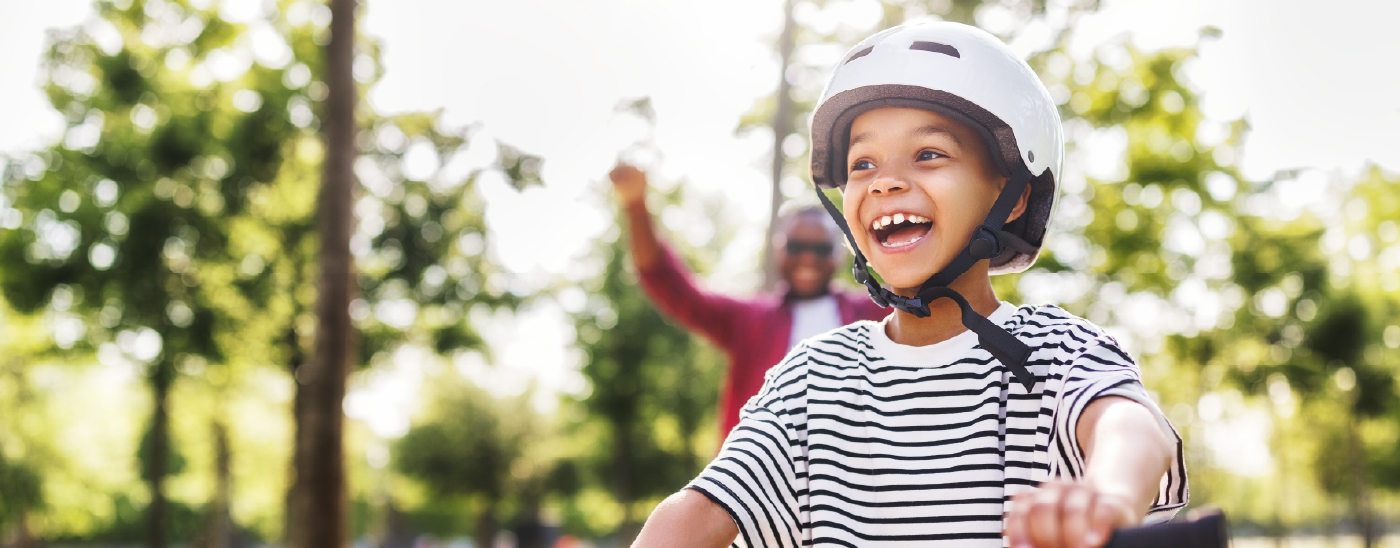Mind Matters: Understanding Head Injuries in Children

Head injuries are more common in children than you might think. While many are minor, some can be serious—even leading to disability or death. From simple bumps to concussions and traumatic brain injuries (TBIs), it’s important to know what to look for and how to help your child stay safe.
What Is a Head Injury?
A head injury refers to any damage to the scalp, skull, brain, or nearby blood vessels and tissues. Some are mild, like a bump or bruise, while others—such as concussions or skull fractures—can be more serious.
Common types include:
- Concussion – A mild brain injury that can temporarily affect alertness or awareness. Symptoms aren’t always obvious at first.
- Contusion – A bruise on the brain, often caused by a direct blow or sudden jolt.
- Skull fracture – A break in the skull, ranging from minor cracks to serious breaks.
What Causes Head Injuries?
Children can injure their heads in many ways, including sports-related injuries, falls, car accidents, and physical altercations.
Teens tend to be at higher risk, particularly during warmer months when they’re more active outside. And back-to-school season means fall sports. Kids who play contact sports, like football or soccer, are also more likely to experience a concussion.
Signs and Symptoms
Mild head injury symptoms can include:
- A bump, bruise, or swelling
- Headache
- Dizziness or confusion
- Nausea or tiredness
- Sensitivity to light or sound
- Trouble concentrating
More serious signs include:
- Repeated vomiting
- Trouble staying awake
- Loss of consciousness (even briefly)
- Slurred speech or seizures
- Unequal pupil size
Contact a healthcare provider immediately if your child shows any of these signs.
Even if the injury seems minor, reach out if symptoms worsen or new ones appear.
Treatment and Recovery
Treatment depends on how serious the injury is. Most mild injuries can be treated with rest, ice, over-the-counter pain relief, and careful monitoring. More severe injuries may require emergency care, medications, or surgery. In some cases, kids may need follow-up care, like physical or speech therapy.
No matter how eager your child is to jump back into sports, it’s crucial to wait until a healthcare provider says it’s safe. A second head injury before healing from the first can lead to lasting brain damage.
How to Prevent Head Injuries
While not all head injuries can be avoided, these precautions can reduce the risk:
- Make sure your child wears a properly fitted helmet for biking, skating, skiing, and contact sports
- Use appropriate car seats, boosters, and seat belts for your child’s age and size
- Check that sports gear fits well and suits the activity
- Ensure coaches teach proper form (like avoiding head contact in football), know basic first aid, and follow concussion protocols
- Teach your child about safety, like wearing a helmet and buckling up, so they know how to protect themselves too
Head injuries may be scary, but being informed can make all the difference. Know the signs, act quickly if something seems off, and take steps to help your child stay safe—whether they’re on the field, the playground, or just being a kid.
Source: hopkinsmedicine.org
